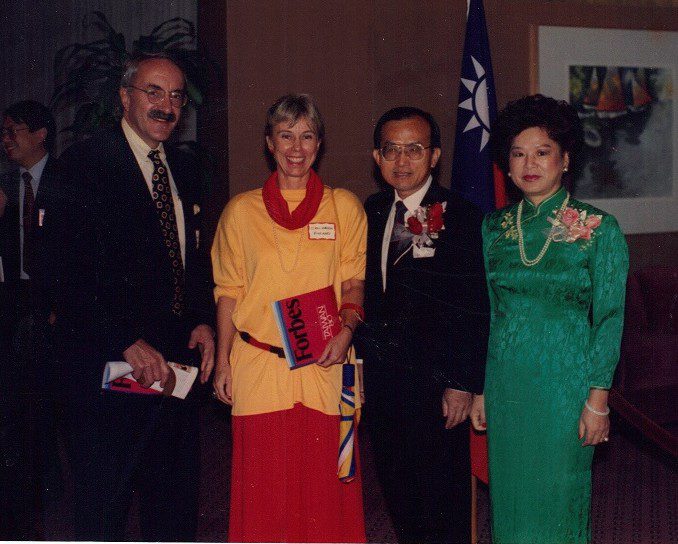Few groups suffer from as much misunderstanding as any local corps of consuls, and it begins with the fact that it is not a “corpse” with a hard p, regardless of how many times the term is misspelled and mispronounced. As I say in the book The Foreign Consuls Among Us: Local Bridges to Globalism, a consular corps is a body in and of itself and it does not require a separate action (like a vote by members). Interestingly, when delegates from ninety-five nations met in Vienna in 1963 to adopt an international treaty on consular relations, they did indeed debate the inclusion of a corps but – just as the diplomatic convention (Vienna, 1961) rejected references to a diplomatic corps – “consular corps” doesn’t appear anywhere in the formally adopted document.
After my appointment (and U.S. State Dept approval) I became curious about when the consular corps had “arrived” in Miami. Mostly, the 1950s was mentioned but nobody was quite certain. Being a researcher at heart, I began my investigation but immediately faced the challenges of repeatedly incorrect terminology in the printed material. Nevertheless, my hard work eventually resulted in a piece, A Corps of Foreign Consuls: Looking at its Miami Roots. https://www.historymiami.orgin Tequesta (Nr. LXXVII, Dec. 2017). Even though the focus is mainly on Miami, the story shows how history plays its own tricks on all of us – regardless of what consular corps is of interest to you – if we don’t understand the meaning of the term “consular corps” and therefore use only flimsy definitions.

Gradually, the Miami Corps developed a notable presence in its host-city through such events as special programs featuring individual countries. The annual consular ball or Valentine’s party became quite sought-after parties for both their prestigious guests and, above all, the fun that brought community leaders together with the foreign consuls in their midst.
My sample of retrospective pictures gives only a small glimpse into times gone by.



